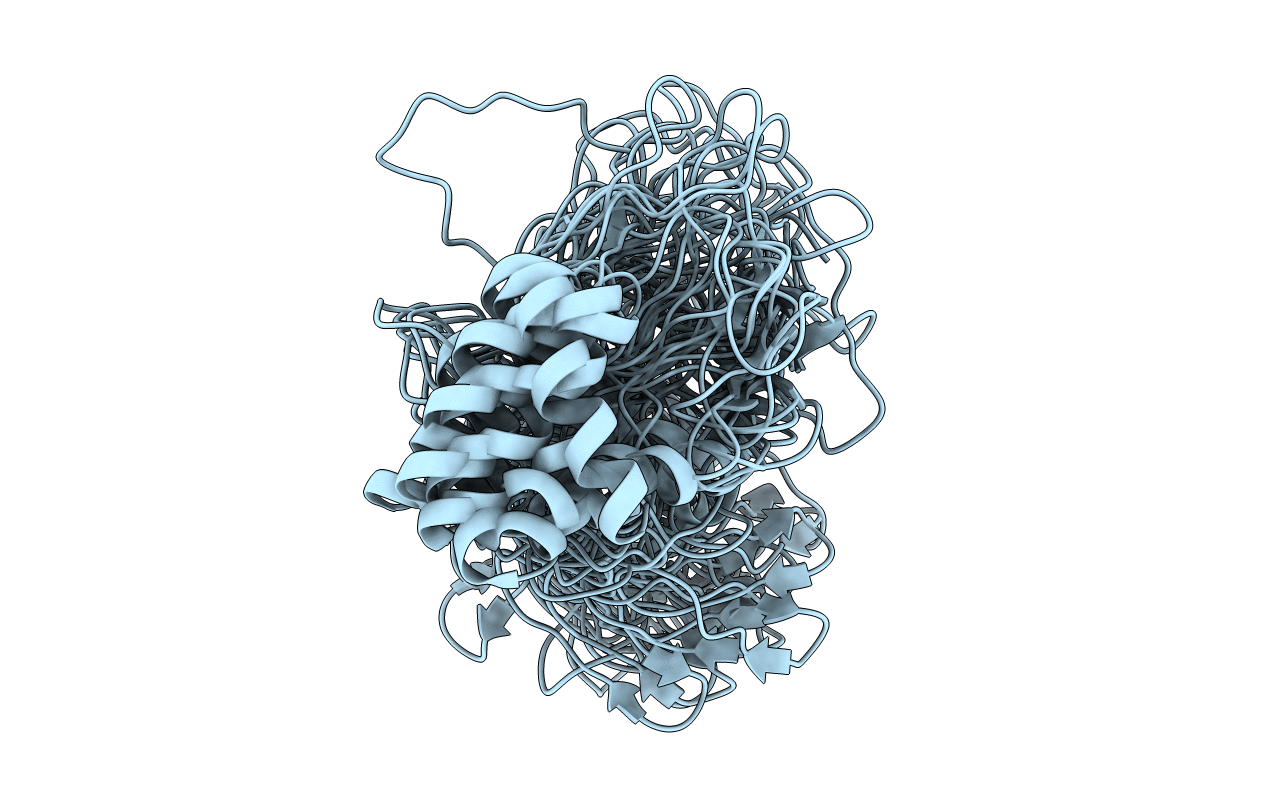
Deposition Date
2019-11-25
Release Date
2020-01-15
Last Version Date
2024-10-16
Entry Detail
PDB ID:
6LEK
Keywords:
Title:
Tertiary structure of Barnacle cement protein MrCP20
Biological Source:
Source Organism:
Megabalanus rosa (Taxon ID: 6680)
Host Organism:
Method Details:
Experimental Method:
Conformers Calculated:
10
Conformers Submitted:
10
Selection Criteria:
structures with the lowest energy


